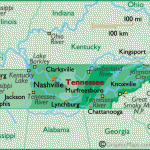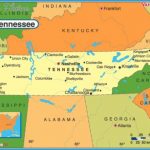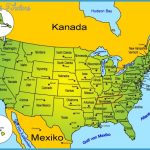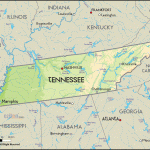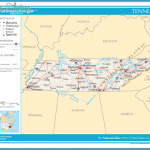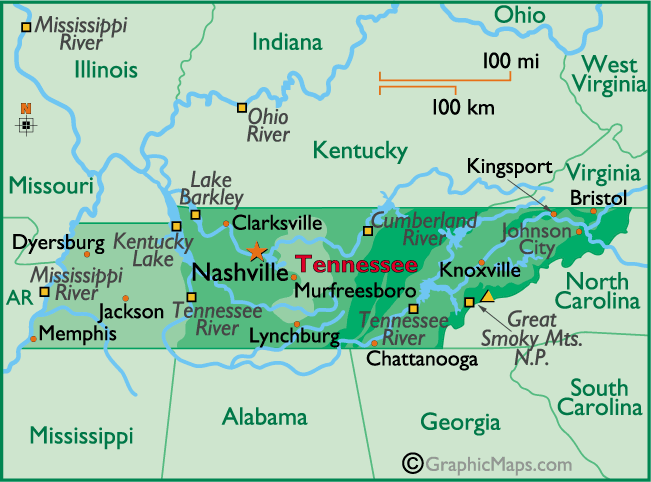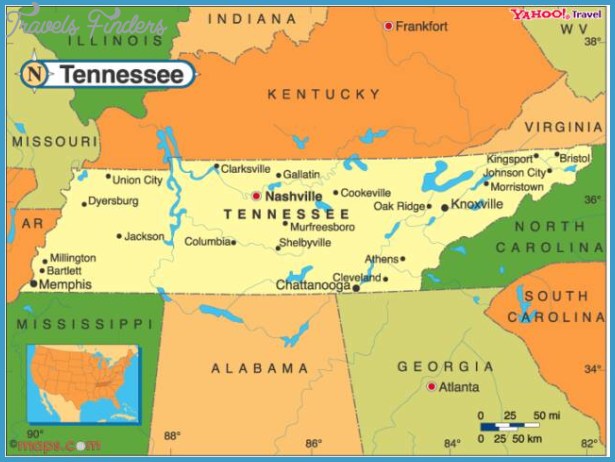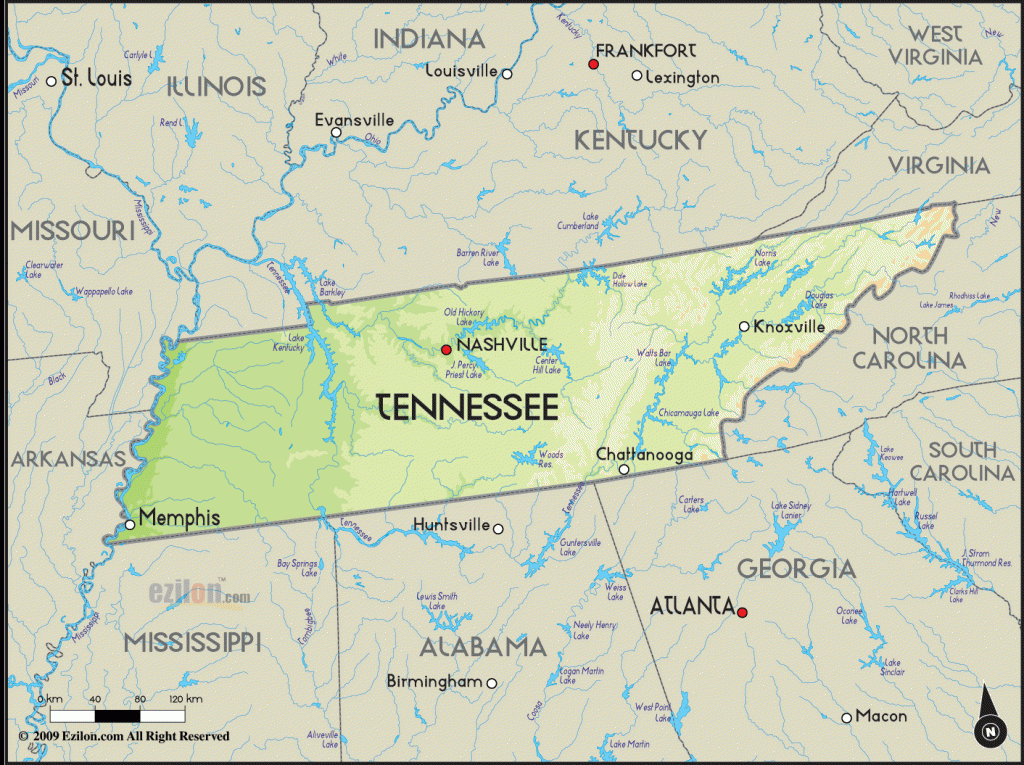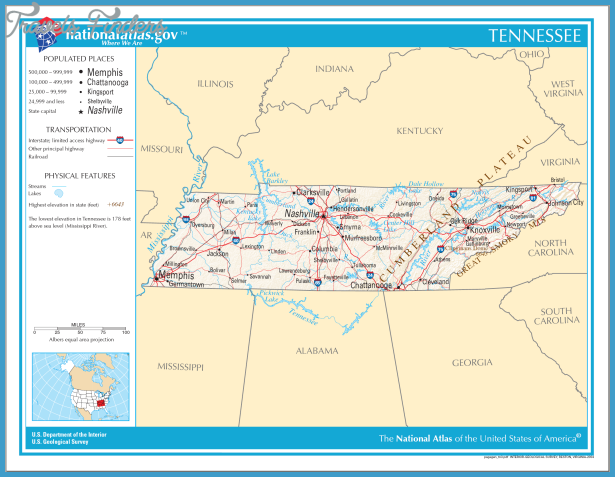Jamie Winders
CHRONOLOGY
1540-1541 Spanish explorer Hernando de Soto leads an expedition into Tennessee and plants the Spanish flag along the Mississippi River near present-day Memphis.
1566-1567 Juan Pardo, Spanish explorer, arrives in Tennessee and constructs the state’s first European-built structure. More than a century passes before another European comes to Tennessee.
1770s-1780s After British settlement in 1673, Spanish influence in Tennessee wanes. It remains strong, however, among the Chickasaw, who become a buffer between Anglo settlers and Spanish land claims in middle Tennessee.
1795 Manuel Gayoso de Lemos, Louisiana’s Spanish lieutenant governor, builds Fort San Fernando de las Barrancas in present-day Memphis.
1865-1907 Tennessee elites attempt to recruit European migrants, but popular attitudes toward immigration take a nativist turn by the 1880s.
1918 662 Mexicans live in a so-called Mexican village near a Nashville munitions and powder plant.
1930s A small number of migrant Latino laborers come to Tennessee from U.S. border states.
1950s A few Colombians come to Nashville to escape La Violencia.
1960s Cuban children evacuated during the Peter Pan airlift are brought to Nashville.
1980s Tennessee’s Latino population begins to grow slowly. In East Tennessee, local organizations provide education to the children of Latino migrant workers. In Tennessee cities, Catholic churches initiate Latino outreach. Central American refugees arrive in Tennessee. More Cubans arrive in Nashville.
1993 Unamonos an early consortium of Latino businesses, churches, and other groups forms in Nashville, later becoming the local League of United Latin American Citizens.
1995 Operation South PAW (Protecting American Workers) detains undocumented workers across Tennessee and other southern states. The Mexican consulate distributes matriculas consulares (national identification cards) in Nashville.
1996 The first Latino representative is appointed to Nashville’s Human Relations Commission.
1997 TennCare, Tennessee’s replacement for Medicaid, agrees to process enrollment from Latino children whose parents lack Social Security numbers. Tennessee’s first statewide meeting of Latino leaders is held.
1998 Middle-Tennessee schools report a rapid increase in the population of students who speak English as a second language. Latinos are estimated to hold 90 percent of agricultural jobs and 50 percent of construction positions across Tennessee.
1999 Tennessee Hispanic Chamber of Commerce forms. In Nashville accusations of abuse of Latino residents by off-duty police officers surface; a citywide debate about racial justice begins. The Nashville-Area Hispanic Chamber of Commerce forms.
2000 A statewide coalition begins its campaign for new state legislation to allow residents without Social Security numbers to apply for driver’s licenses.
2001 The Tennessee Immigrant and Refugee Rights Coalition (TIRRC) is created. Southern Migrant Legal Services establishes its southeastern headquarters in Nashville. Chapters of Lambda Alpha Theta, a Latina sorority, form at Vanderbilt University and the University of Tennessee. The governor of Tennessee signs Public Chapter 158, allowing persons without Social Security numbers to apply for driver’s licenses.
2002 Conexion Americas becomes Nashville’s first Latino-focused and staffed organization. Alianza del Pueblo forms as Knoxville’s first grassroots Latino nonprofit organization.
2003 Tennessee bans the use of matriculas consulares as identification for driver’s-license applicants.
2004 A new state law eliminates access to driver’s licenses for foreign-born residents who cannot prove legal residence or are in Tennessee temporarily.
2005 Anti-immigration groups gather at the Southern Midwest Immigration Summit in Nashville. In East Tennessee, Minutemen become active; Nashville and Memphis are added to their 2006 national tour. In response to growing anti-immigrant sentiment, the Welcoming Tennessee advocacy group forms. In Morristown, immigrant and social-justice organizations rally for human rights.
2006 The Tennessee General Assembly introduces more than 20 immigration bills, most of which are defeated.
The Hispanic Community Group of Tennessee becomes Nashville’s first grassroots organization focused on collective community action.
The first Hispanic political-action committee, The Tennessee Hispanic Voters Coalition, forms. More than 46,000 eligible Latino voters are identified in Tennessee.
A new Tennessee law requires that firms seeking state contracts certify that no undocumented workers are used.
2007 Fifty-three Congressional bills related to immigration are filed in Tennessee. Davidson County begins the 287(g) program to equip deputies to enforce federal immigration laws and deport arrested undocumented residents.

